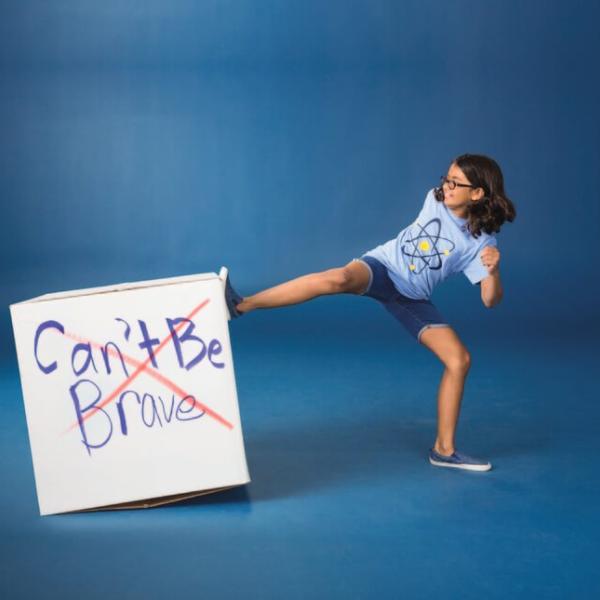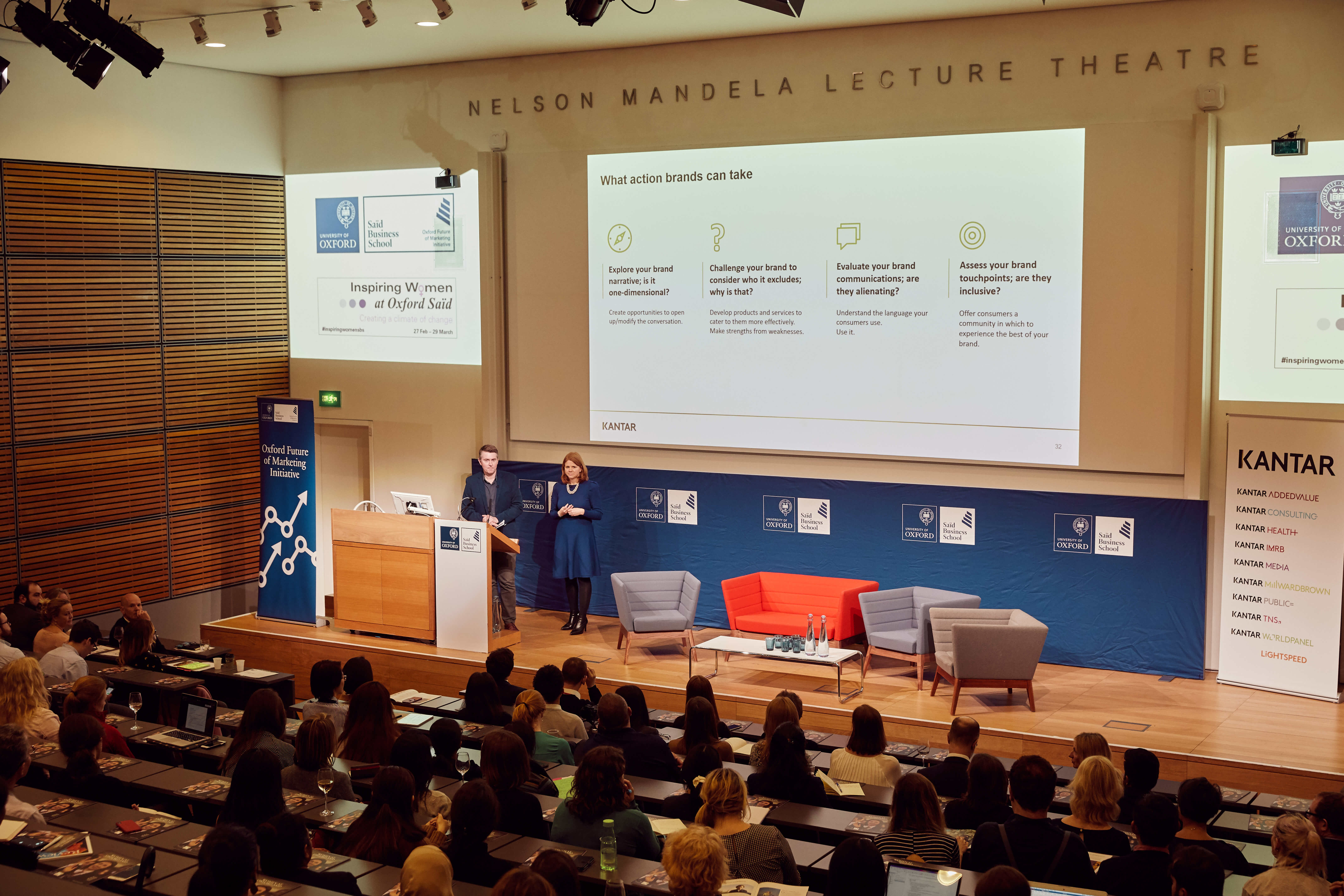About the event
A high-profile panel at Oxford Saïd discussed empowerment, objectification, and what women want.
From #LikeAGirl to #WomenGetTold, major brands have apparently decided that the way to a woman’s purse is through a little light feminism. But is that really what women want?
A panel discussion at Saïd Business School, part of the Inspiring Women series of events surrounding International Women’s Day 2019, revealed that there is a lot more to talking to female consumers than pandering to a slightly more progressive-looking stereotype. And brands are still not getting it right. According to a study by marketing insights company Kantar, a whopping 85% of women feel that film and advertising do a poor job of depicting real women.
Amy Cashman, co-CEO of Kantar Insights and author of the study, suggested in a presentation to the Oxford Saïd audience that the problem lay in a somewhat unsophisticated understanding of the concept of ‘empowerment.’
‘What sits beneath the idea of empowerment has a lot to do with how people feel about their own self-esteem,’ she said. ‘It is a very personal thing and highly nuanced. And despite all of the changes in society in terms of women’s roles and the way women are represented, our study showed that there are still fundamental differences in self esteem between men and women.’
Women on average reported lower self-esteem than men; and Millennial men formed the group with the highest levels of self-esteem. Where the study got really interesting, though, was in an investigation of the drivers of self-esteem and how they affect different groups.
Cashman described five factors that contribute to self-esteem:
Financial autonomy – being free to spend your money as you wish and feeling that you have the power to create your own wealth.
Freedom of thought and expression – having your views heard and respected by other people.
Social connections and networks – having a network of people that you can rely upon.
Accessibility and visibility – seeing positive role models you can relate to.
Sexual and bodily autonomy – feeling comfortable with and in control of your own body.
Accessibility and visibility turned out to be not very important for either men or women. Financial autonomy was a major contributor to self-esteem for men, perhaps a cultural hangover from their traditional role as breadwinner. Meanwhile, sexual and bodily autonomy played a much larger role in the self-esteem of women.

